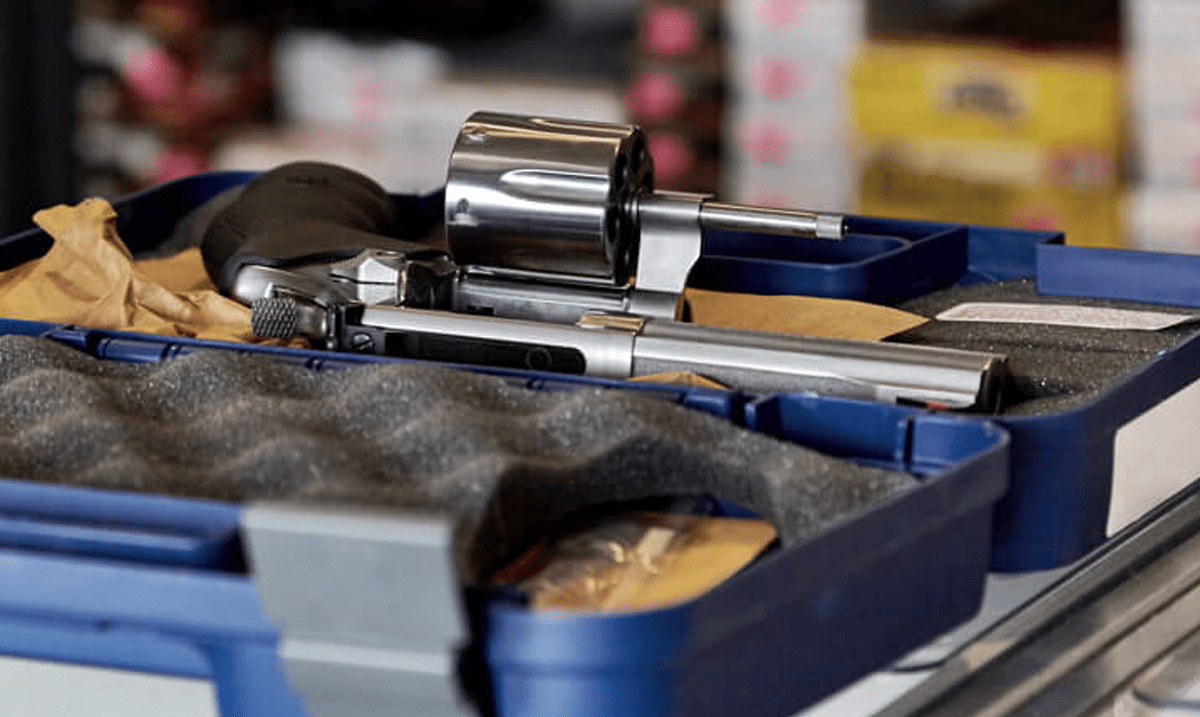 Back to News
Back to News
October 21, 2016
Key Points For Selecting a Burglar Alarm System — Part II
Our last column on this subject talked about the basics of what to look for and questions to ask when installing a new alarm system or planning for an upgrade of a current system. Let’s take a closer look now at some of the finer points to consider.
Who’s Connected to Your System and How?
Did you know that many regional alarm companies utilize a sub-contracted, centralized monitoring center to coordinate a response when an alarm is triggered? Whether you’re going local or national with your alarm system contractor, you should inquire about how the system will be connected. For instance, you almost never want the system connected to your main phone line, because that will likely be the line the central monitoring station uses to call when attempting to verify an emergency (thus, secondary and dedicated phone line would be recommended). Today’s technology also allows for a network connection, which is extremely reliable in most areas. Either way, you want to know who’s supposed to be responding to a potential emergency at your shop, where they’re located and their process for working with a triggered alarm.
Every system should also have a cellular backup communication feature. Although this may not communicate all the alarm details to the central monitoring center when activated, it will alert the central monitoring personnel that there is an active alarm at your location and initiate contact with you or the police. In cases where burglars cut the phone lines on the exterior of your store or building, the cellular backup can initiate an immediate alert call to the alarm company that the phone lines are down. (Note: If your system is wired to include a cellular backup — and, again, it should — these alerts and such alarms should be taken very seriously, for they are not the results of accidental tripping of the alarm.)
One more thing to keep in mind is that if your alarm company’s central station calls and states you have an alarm activation for your system’s tamper switch (which are required to be installed in the main control panel of almost all alarm systems), it may be an indication that someone is in the process of trying to disable your alarm system. Remember to treat every alarm as an actual alarm and keep your system tested and maintained. Alerts and alarms like those just discussed should be taken very seriously.
Devices That Put a Kink in a Crook’s Plans
 When reviewing the alarm vendor’s initial survey and installation proposal, consider how a burglar would try to gain entry and ensure the proper devices are ordered to provide adequate protection.
When reviewing the alarm vendor’s initial survey and installation proposal, consider how a burglar would try to gain entry and ensure the proper devices are ordered to provide adequate protection.
One of the easiest to address are your motion sensors. The cost of adding extra alarm sensor equipment beyond the proposal from the contractor is minimal if included at the start of the project and does not add much expense, if any, to the monthly monitoring fees. (Monthly monitoring fees are pretty much standard these days and should not be charged based on the number of devices on your alarm system, so be sure to check the fine print of your contract regarding this issue.)
In addition to the standard door contacts and various motion detectors inside the building, consider the following upgrades and best practices that have been learned as a result of many burglary investigations:
- Install vandal-proof conduit to protect exposed telephone connections on the exterior of your building.
- Install motion sensors above the interior of each entry door (including emergency exits, receiving areas and roof hatches) that will activate if the contact is bypassed or fails.
- Install 360-degree motion sensors at or above ceiling height to detect roof break-ins.
- When you receive an alarm call in the middle of the night and the central station operator tells you there was a contact point and one or more motion sensors inside your store activated, you can pretty much bet there is an intruder. How many sensors do you need? Consider this: If an intruder activates the door or window contact after a premises breech but one of your motion sensors inside fails to detect motion (i.e., it’s not positioned correctly), your sense of urgency may be less than what it should be. When installing motion sensors, we say the more the merrier. Additional motions installed inside the store can really pay off!
- When installing motion sensors, test them and feel comfortable with the areas they cover and secure. We recently learned of a situation where vandals cut through a wall behind the handgun area of a store and crawled low along the floor to the handgun cases undetected because the sensors were installed to catch someone walking towards the cases from the front. You have to think like a crook. All motion detectors have sensitivity adjustments for height, distance and motion activity, so be sure you have enough of them and that they cover everything they should from where they’re positioned.
- All FFLs should have some type of panic/hold-up button or hand-held devices for similar purposes included in their alarm set-up. These devices should be programmed with a connection to the central mentoring station in a way that they summon police immediately, versus calling the store to verify an emergency.
- Many systems today have the capability to transmit alarm system information not only to the monitoring station but also to a smartphone. This is a huge benefit when receiving alarm calls in the middle of the night and we highly recommend adding this feature if it’s not included in your installation proposal.
- Business owners should ensure access codes can be issued to individual employees and that codes and call-list updates can be changed easily as employees are hired and separated. Many companies now offer free or low-cost online access for these changes.
- Online access should be available for owners to easily and quickly review exception and activity reports for all alarm activities. Many systems can also issue text and email alerts to owners when an employee enters after or before hours, fails to close the store as scheduled and set the alarm, etc. One recent FFL burglary was highlighted nationally due to the alarm not being set.
In Part III, we’ll discuss more specifics regarding current alarm device technologies, strategies and maintenance. Keep an eye on this page for the latest news for retailers.

NSSF Consultants offer an on-site review of your security devices, processes and programs. Get more information, or schedule your audit today by contacting John McNamara NSSF Sr. Director, Retailer Services at [email protected].
You may also be interested in: Do You Know Your Duress Code?
Categories: Featured, Manufacturers, Ranges, Retailers, Top Stories









